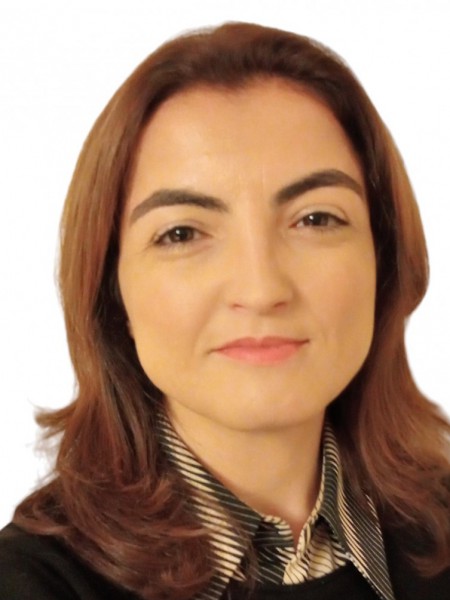resumo
Melanoma is an aggressive form of skin cancer with a high prevalence in the population. An early diagnosis is crucial to cure this disease. Still, when this is not possible, combining potent pharmacological agents and effective drug delivery systems is essential to achieve optimal treatment and improve patients' quality of life. Nanotechnology application in biomedical sciences to encapsulate anticancer drugs, including flavonoids, in order to enhance therapeutic efficacy has attracted particular interest. Flavonoids have shown effectiveness against various types of cancers including in melanoma, but they show low aqueous solubility, low stability and very poor oral bioavailability. The utilization of novel drug delivery systems could increase flavonoid bioavailability, thereby potentiating its antitumor effects in melanoma. This review summarizes the potential of different flavonoids in melanoma treatment and the several nanosystems used to improve their biological activity, considering published information that reported improved biological and pharmacological properties of encapsulated flavonoids.
palavras-chave
MESOPOROUS SILICA NANOPARTICLES; IN-VITRO; GOLD NANOPARTICLES; SIGNALING PATHWAY; ORAL DELIVERY; CELL-GROWTH; MOUSE MODEL; CURCUMIN; SKIN; APOPTOSIS
categoria
Chemistry; Science & Technology - Other Topics; Instruments & Instrumentation; Physics
autores
Cunha, C; Daniel-da-Silva, AL; Oliveira, H
nossos autores
Projectos
CICECO - Aveiro Institute of Materials (UIDB/50011/2020)
CICECO - Aveiro Institute of Materials (UIDP/50011/2020)
Associated Laboratory CICECO-Aveiro Institute of Materials (LA/P/0006/2020)
agradecimentos
This work was developed within the scope of the project CESAM-Centre for Environmental and Marine Studies (UIDP/50017/2020, UIDB/50017/2020 and LA/P/0094/2020) and CICECOAveiro Institute of Materials (UIDB/50011/2020, UIDP/50011/2020 and LA/P/0006/2020), financed by national funds through the FCT/MCTES, financed by national funds through the FCT/MEC and, when appropriate, co-financed by FEDER under the PT2020 Partnership Agreement. This work was supported by the project PTDC/BTM-MAT/31794/2017 (POCI-01-0145-FEDER-031794), funded by FEDER, through COMPETE2020-Programa Operacional Competitividade e Internacionalizacao (POCI)-and by national funds (OE), through FCT/MCTES. H. Oliveira thanks FCT for the research contract under the Scientific Employment Stimulus (CEECIND/04050/2017).



